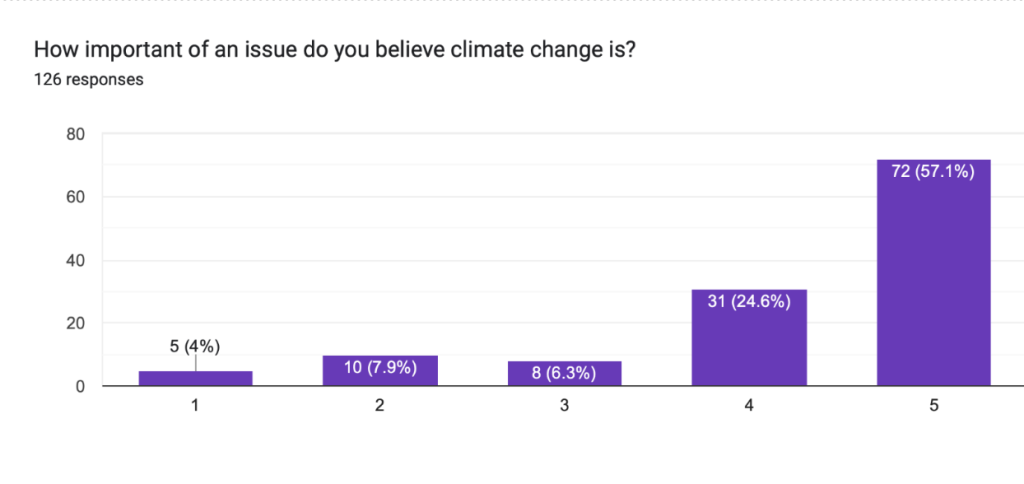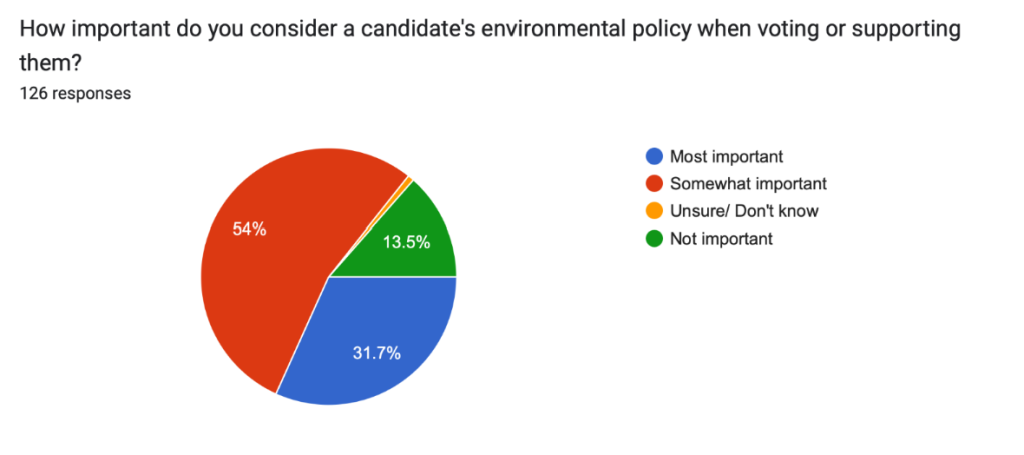
On November 5, 2024, the United States elected Donald Trump as its 47th president.
Trump, who previously served as the 45th president from 2017 to 2021, secured 312 electoral votes and nearly 76 million popular votes. His opponent, Democratic candidate Kamala Harris, earned 226 electoral votes with just under 73 million votes. This election marked the first time a Republican candidate won both the popular vote and the Electoral College since President George W. Bush in 2004. Notably, Trump won all seven battleground states: Arizona, Georgia, Michigan, Nevada, North Carolina, Pennsylvania, and Wisconsin.
Trump remains the only president in U.S. history to be impeached twice. His first impeachment in 2019 stemmed from allegations of pressuring the Ukrainian president to investigate Joe Biden, a political rival and the 2020 presidential election winner. His second impeachment followed the January 6, 2021 Capitol riot, where he was charged with incitement of insurrection. While acquitted in both cases, the second impeachment saw the highest number of senators from the president’s own party voting to convict.
Supporters of Trump often highlight his economic record, crediting him with building on an already recovering post-recession economy. When Trump took office, the United States was rebounding from the 2008 financial crisis, aided by President Barack Obama’s policies, including the Troubled Asset Relief Program and a major stimulus package. During Obama’s administration, the unemployment rate dropped from 10 percent at the peak of the recession to 4.7 percent by the end of his term—a trend that continued under Trump, reaching 3.5 percent by late 2019. Obama’s legacy of 76 consecutive months of job growth was furthered into 111 straight months under Trump.
In light of Trump’s victory, there has been a surge in interest surrounding his policy proposals, especially in areas like economic policy, foreign affairs, health care, and environmental regulation. 2023 marked a grim milestone, setting a record high for carbon levels in the atmosphere at 419.3 parts per million, and the impacts of climate change continue to intensify. With the increasing frequency and severity of hurricanes, worsening wildfires, droughts, and a relentless series of record-breaking hot years, the urgency needed surrounding climate action has never been more apparent. According to a 2022 Pew Research Poll, 63 percent of U.S adults believed that the harm caused by climate change would only worsen throughout their lifetime, highlighting a collective anxiety about the future. The same poll noted that despite the tangible changes in the earth’s natural processes and environments, climate change ranked substantially lower than other national issues. In 2023, 44 percent of adults in the United States believed that climate change should be a top priority for the president, while 75 percent of adults believed that strengthening the economy should be the top priority.
At Rollins College, an anonymous poll of 126 students, faculty, and staff was conducted to gauge how environmental policy factors into their priorities. 57.1 percent of respondents rated climate change as 5 out of 5 in terms of importance. When asked about the significance of environmental policy in voting decisions, 31.7 percent rated it as the most important factor, 54 percent considered it somewhat important, and 13.5 percent regarded it as not important. As Trump’s administration takes shape, these concerns will likely influence policy debates and shape the environmental agenda moving forward.


Donald Trump’s environmental policies during his previous term include the signing of the 2018 Save Our Seas Act, which aimed to combat marine debris both domestically and internationally. According to the Office of Response and Restoration National Oceanic and Atmospheric Administration, “This law amends and reauthorizes the Marine Debris Act for four years, promotes international action to reduce marine debris in our ocean, authorizes cleanup and response actions needed as a result of severe marine debris events, such as hurricanes or tsunamis.” Additionally, the Great American Outdoors Act was also enacted under Trump’s administration in 2020. This act allows for up to 900 billion dollars over 5 years from when it was first enacted in 2020 to put toward maintenance in national parks, wildlife refuges, forests, and other federal lands. Additionally, the Great American Outdoors Act also allocates up to 900 million per year from the royalties of offshore oil and gas drilling in federal waters. The royalties taken from the oil and gas industries are then able to be put into the Land and Water Conservation Fund.
However, throughout his campaign and previous term as president, Donald Trump has been a firm supporter of the fossil fuel industry in the United States. In 2019, natural gas production reached a record high, producing 34.9 quads (one quad equals the amount of energy that is in 83 million barrels in petroleum). Trump’s dedication to natural gas and fossil fuel energy has also resulted in the rollbacks and reversals of over 100 environmental policies and regulations with many being enacted under the Obama administration. Most famously, this includes Trump’s withdrawal from the Paris Climate Agreement in 2017. The Paris Climate Agreement is an agreement formed between 194 states in which long term goals and guides have been discussed and put forth in order to “substantially reduce global greenhouse gas emissions to hold global temperature increase to well below 2°C above pre-industrial levels and pursue efforts to limit it to 1.5°C above pre-industrial levels” as well as continuously monitor the progress of this agreement and provide aid to developing countries that have experienced the worst effects of climate catastrophe. Trump’s decision to withdraw was due to “unfair economic burden imposed on American workers, businesses, and taxpayers by U.S. pledges made under the Agreement.” The United States has since rejoined the agreement under President Biden’s administration. Other environmental regulation rollbacks under the Trump administration include revoking California’s ability to enforce stricter automobile emission regulations as well as setting a minimum pollution threshold that determines when the EPA can regulate greenhouse gases. This threshold was defined so that power plants emitting above it would be regulated, while oil and gas companies were conveniently exempt.
Trump’s unwavering commitment to fossil fuel industries has been cemented by his approval of the Keystone XL and Dakota Access pipeline. The keystone pipeline is a pipeline system utilized in Canada and the U.S. in the transport of tar sands, a composition of vicious oil, salt, clay and water that produces 15 percent more carbon dioxide emissions than conventional oil. Previously vetoed in Obama’s administration, the XL Pipeline was condemned by environmentalists and professionals within the environmental field for environmental degradation in the process of extracting the fuel in addition to its impact on water quality and supply as well as for the emissions that result from the eventual burning of this fuel.
“We’re screwing our children, grandchildren, all future generations if we think we can use those unconventional fossil fuels,” said Dr. James Hansen, climate scientist and adjunct professor at Columbia University during the keystone pipeline hearing in 2014.
The Dakota Access pipeline was also approved by an executive order by Trump in 2017. The pipeline spans from North Dakota to Illinois, transporting crude oil used in petroleum production. The website for the Dakota Access Pipeline states, “It is the safest and most efficient means to transport crude oil from the geographically constrained region, providing better access to Gulf Coast and Midwest refineries and other downstream markets.” Spanning over 1,700 miles, the pipeline encroaches within half a mile of the current boundaries of the Standing Rock Sioux Reservation in North Dakota. Due to the infringement upon Native Land and the degradation that the pipeline would impose on environmental landscapes invaluable to the Sioux tribe, a series of grassroots Native American movements began to try to stop the pipeline’s construction. These protests began in April of 2016 and ended in February of 2017 when the National Guard evicted the last remaining protestors. The Dakota access pipeline proved to be controversial for several reasons. Not only is the pipeline a threat to the culture and environment vital to the Sioux tribe, but it also poses incredible threats to the drinking water of the region. With the pipeline extending under Lake Oahe, a reservoir along the Mississippi River, the possibility of a spill or a breach in the pipeline would result in devastating levels of contaminants and inaccessibility to clean drinking water for those in the regions, particularly the Sioux tribe.
The future of environmental policy and the sanctity of our sacred lands lies in the hands of the Trump administration. The possibility of Trump enacting environmental policies from Project 2025, a political initiative created by the conservative “research” institute, The Heritage Foundation, would be devastating for the environment. While Trump has denounced the policy proposals from Project 2025 and distanced himself and his advisory from the Project, the initiative has contributions from 140 former staffers from the Trump administration. Environmental policies from Project 2025 include scaling down the involvement of federal environmental institutions and providing more of a focus on local state power. This transfer of power would severely impact the department of interior and the environmental protection agency in their ability to track emissions, manage chemical and environmental pollutants, and invest into climate change research. In addition, agencies within the department of energy that are invested in clean energy research and implementation would be eradicated. The plan states, “A more conservative EPA that aligns with the policies outlined in this chapter will lead to a better environmental future without unintended consequences. It will prevent unnecessary expenditures by the regulated community, allowing for investment in economic development and job creation, which are keys to thriving communities.” This conservative approach to the EPA centers on downsizing, with the plan arguing, “Cutting EPA’s size and scope will deliver savings to the American taxpayer.” However, the costs tied to contaminated water from pipeline breaches and the loss of greenspaces affect taxpayers in far deeper ways. These issues come with hidden expenses that extend beyond initial savings, impacting public health, economic productivity, and overall quality of life. The plan also calls for the withdrawal not only from the Paris agreement but also the UN Framework Conention on Climate Change, stating, “To that end, the next conservative Administration should withdraw the U.S. from the U.N. Framework Convention on Climate Change74 and the Paris Agreement.” The United States’ involvement with cooperative committees regarding climate change, such as the Paris Agreement and the U.N. Framework Convention, is crucial with the United States being amongst the top 3 countries with the most greenhouse gas emissions. The two other countries part of this list include India and China, both of which are members of the Paris agreement and the UN Framework Convention on Climate Change.
The state of our environment impacts far more than the flora and fauna that inhabit the United States. Each diverse landscape, from the thick, swampy rivers of the Everglades to the glistening peaks of the Rockies, houses intricate natural mechanisms that thrived long before human presence and will persist long after. These ecosystems are vital components of an interconnected system that transcends our economic and political spheres. Preserving our environment is not just about safeguarding the habitats of countless organisms nestled within the Appalachian forests or sprawled across the vast southwestern deserts—it is about protecting our own home. When we protect these natural spaces, we secure clean air and clean water for ourselves and future generations. The well-being of these landscapes mirrors the health of our communities; their preservation is inherently tied to our survival and quality of life. Any policy that compromises these natural safeguards threatens not only the beauty and biodiversity of these environments but also the safety and well-being of the American people. The degradation of these essential systems translates directly into risks for public health, economic stability, and the resilience of future generations.



The opinions on this page do not necessarily reflect those of The Sandspur or Rollins College. Have any additional tips or opinions? Send us your response. We want to hear your voice.
















Comments are closed.